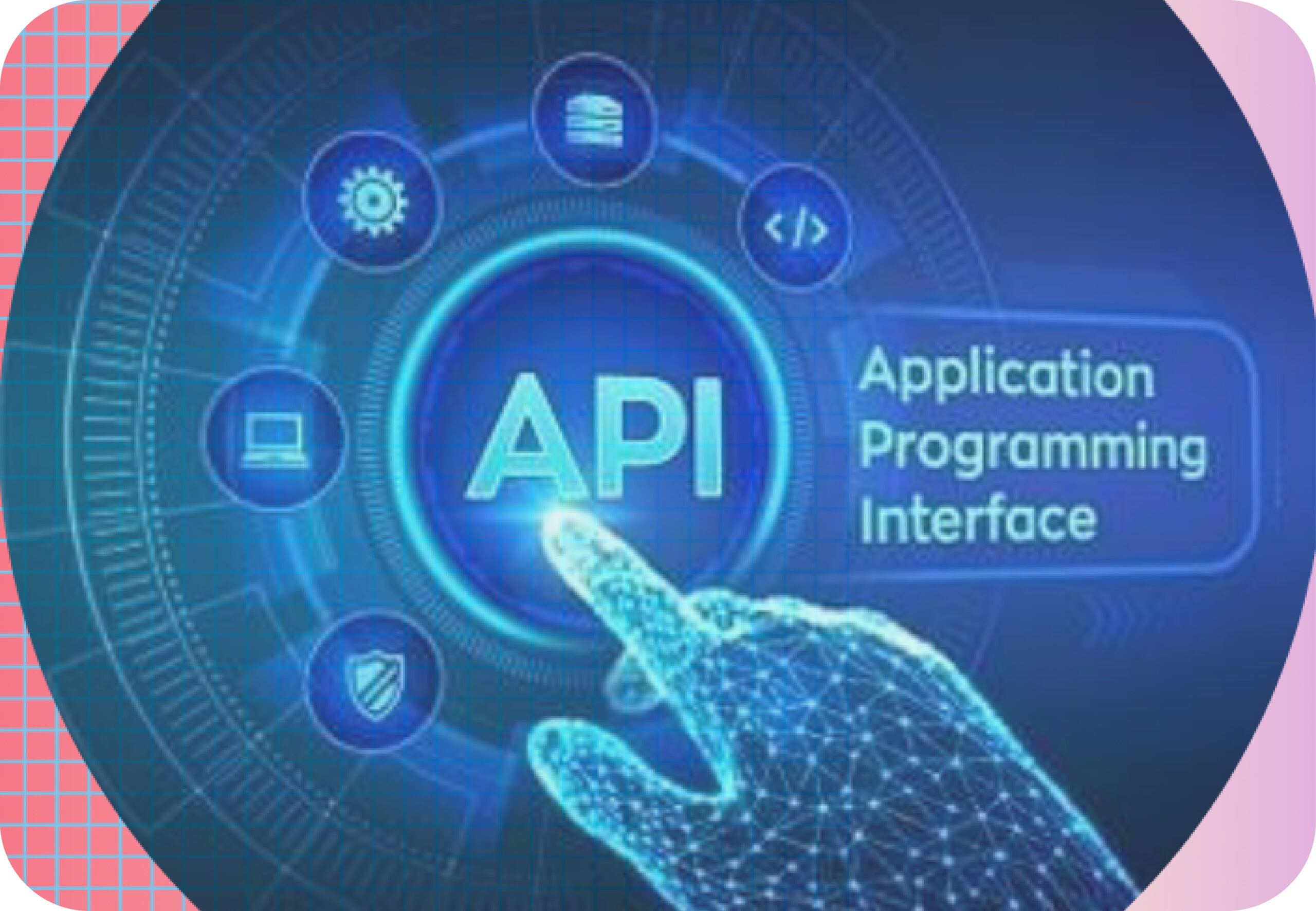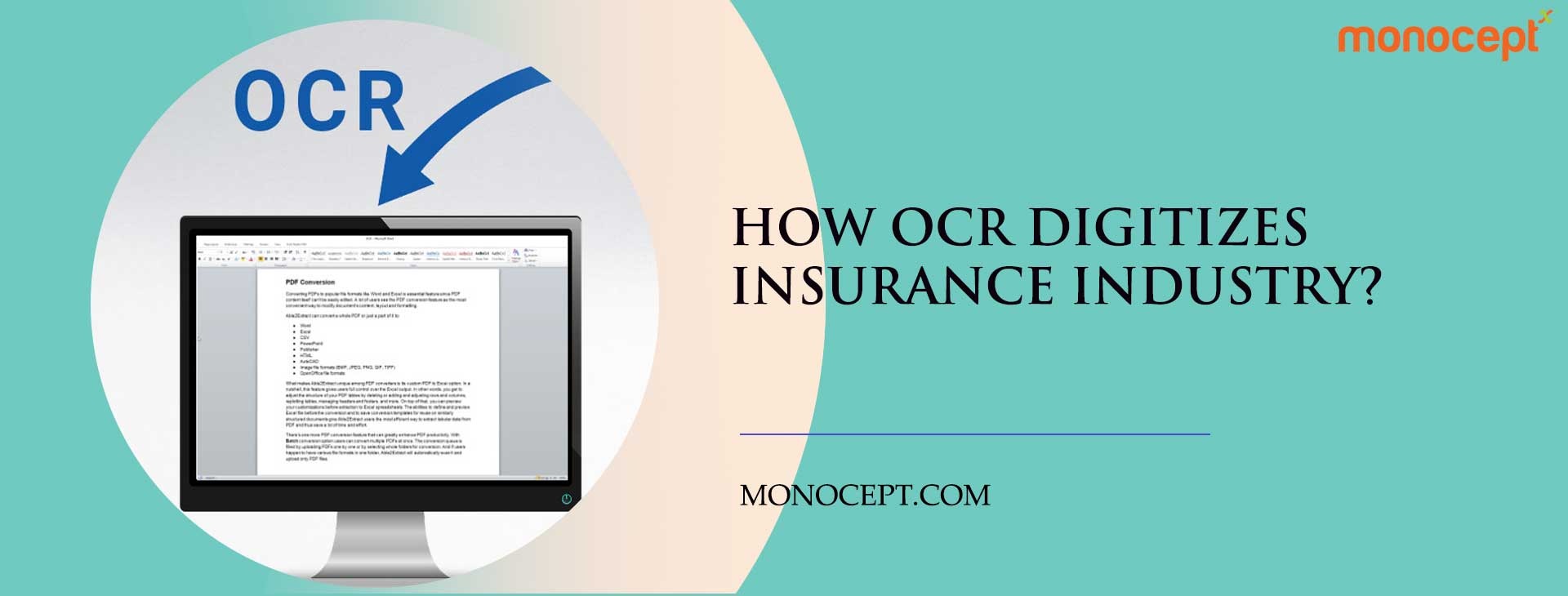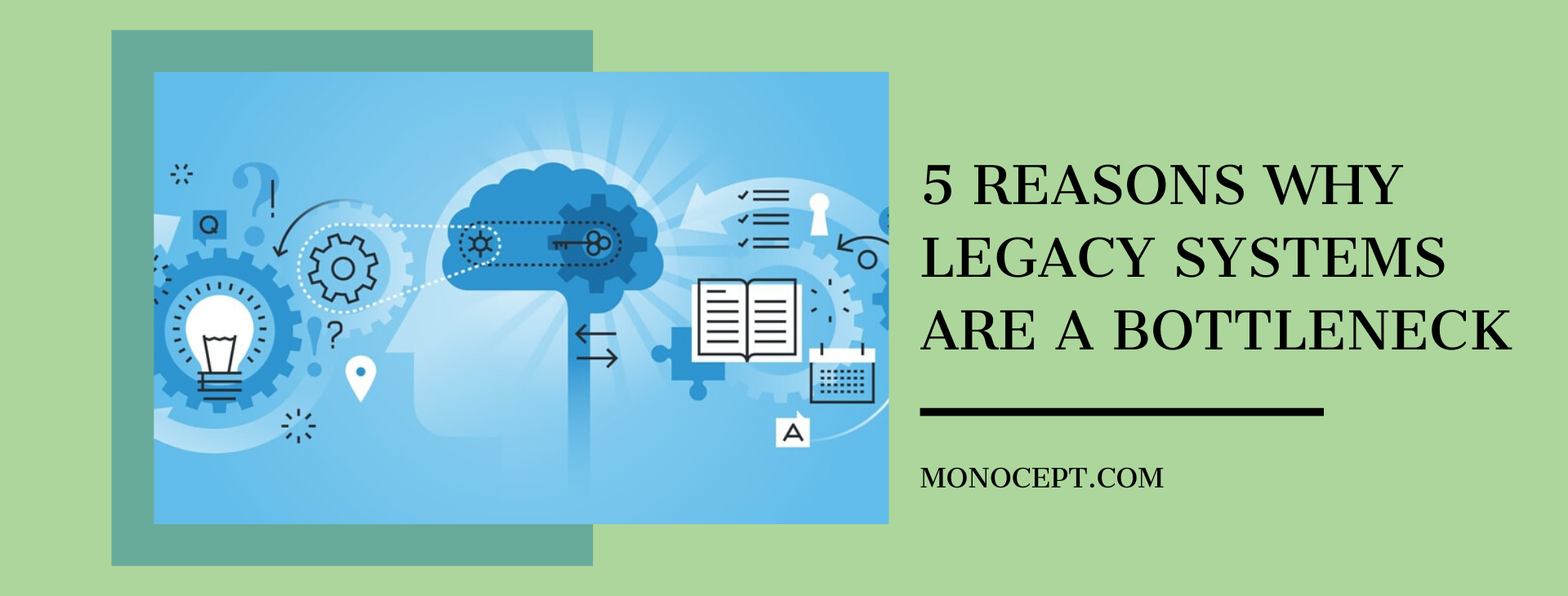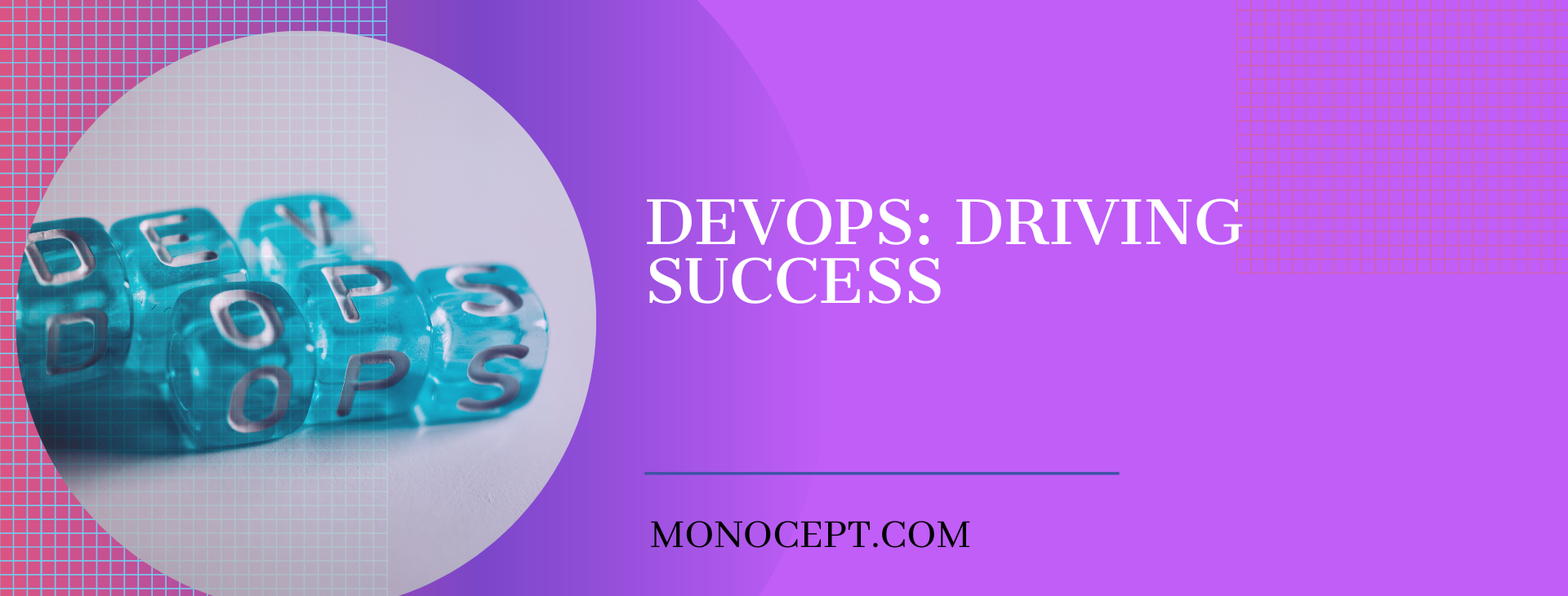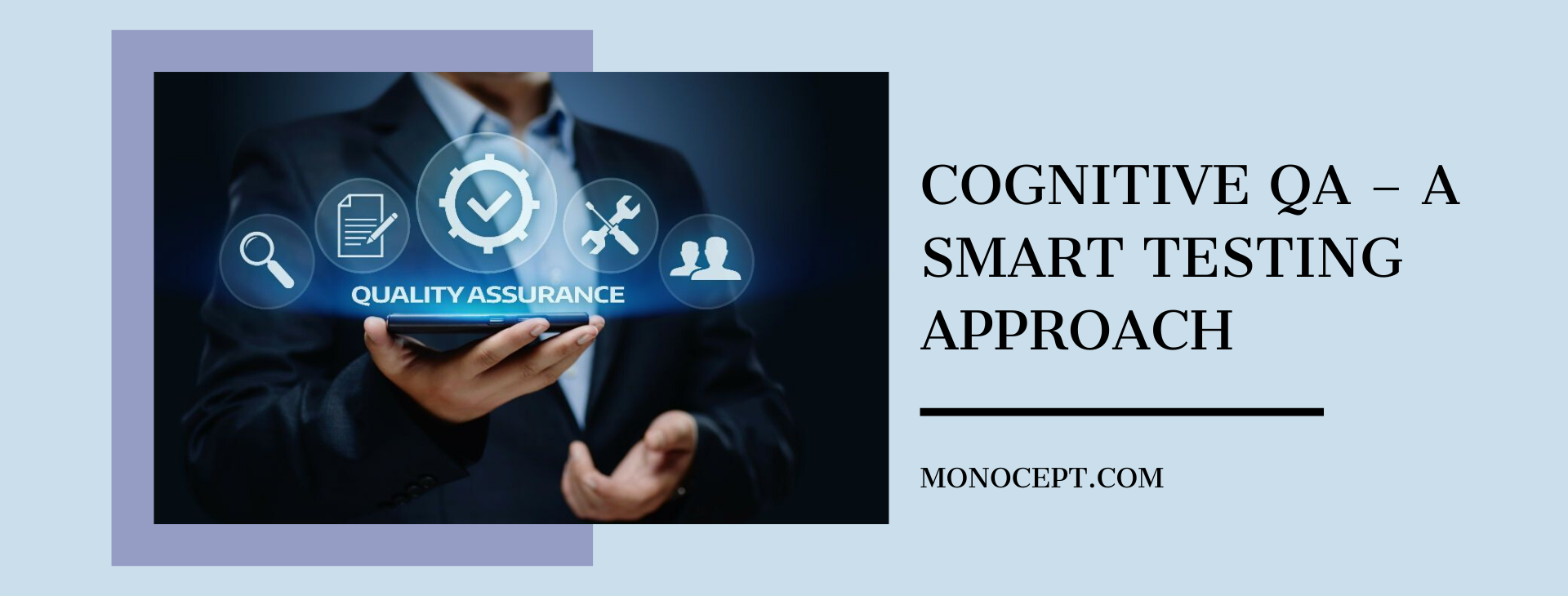Chatbot: the automated insurance agent
Technology is changing the world and how people function, forcing businesses to ditch traditional practices and play catch up, if they hope to maintain their competitive advantage and standing in the industry. While the insurance industry has been slow to adopt and integrate technology in their various functions, insurers are now doubling down on their efforts to stay apace with market leaders in the rest of the business world. The focus of FinTech and InsurTech companies is no longer just disruption, but, additionally, rapid, constant and ongoing revolution.
This subtle shift in priorities is on ample display with the increasing popularity of Chatbots, or a kind of automated insurance agents, within the insurance industry. Chatbots are software programs that use artificial intelligence to hold a conversation with a human customer in their natural language. With the use of artificial intelligence, the program is able to process the input language and comprehend human speech, understand the intent and nature of the customer’s query, and finally provide relevant information or directions in line with the company’s business and data rules. As AI technology evolves, Chatbots become more sophisticated, and are able to decipher both written and spoken queries, accounting for accents and intonations, and still provide accurate information.
While Chatbots are becoming increasingly popular among businesses to augment their customer experience and provide 24/7 assistance, global players in the insurance industry are taking a keener industry in this branch of AI, outspending most major industries in terms of investment in AI. A 2017 study of 835 executives from 13 industries by TCS found that the insurance industry spends more than all the other 12 verticals, investing an average of $124 million in AI systems, significantly more than the cross-industry average of $70 million.
The popularity of Chatbots, in large part, is due to their inherent advantages over humans and traditional graphic user interfaces. Automation has played a key role in enhancing customer experiences so far, and its role is only going to increase. According to a report by Servion Global Solutions, AI will power 95 percent of all customer service interactions by the year 2025. Moreover, customers want them to, with skyrocketing expectations from businesses when it comes to instant and accurate assistance across all channels of communication, all the time.
Some advantages of Chatbots for the insurance industry are:
Simplification: With Chatbots to help lead customers to the exact information they are seeking, or provide solutions instantly, customers no longer need to navigate the website or any other interface, saving precious time. They can simply ask or type what they need, and multi-step actions are compressed into a single command followed by the chatbot. For example, instead of searching for information on all the different kinds of health insurances that alight with a customer’s needs and then make the effort of emailing it to oneself, the customer can ask the chatbot to find, compile and email the information on his behalf.
Streamlined process: One of the biggest challenges for insurers is the expectation of faster-than-ever-before timeline for claims management and approval. Customers too dread the tedious process of filling out endless paperwork, only to have their claims rejected due to incompletion or technicalities. Chatbots can be enabled to cut down on unnecessary paperwork and steps within the claims filing and approval process. As machine learning and AI technology evolve, chatbots too will be able to assist customers faster and more accurately, approving valid claims within minutes.
Multi-tasking: Because customers are required to put in minimal effort — they only need to ask or type their queries — they are able to leverage chatbots to do multiple things at the same time. For example, a customer can ask a Chatbot to walk them through the differences and benefits of term-life and whole-life insurances, while, say, drafting emails for another task.
What’s your Challenge? Let’s work together to solve it.









